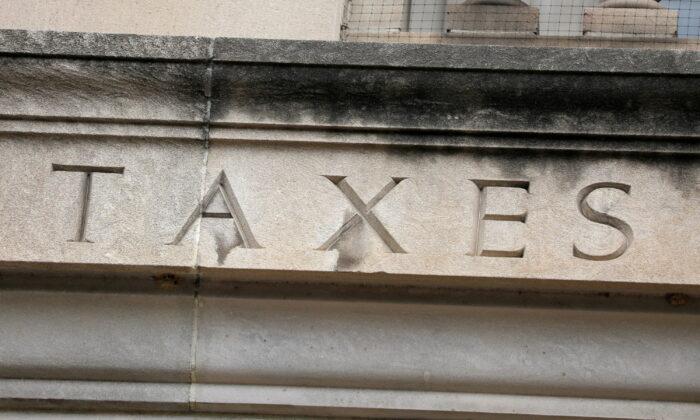In June, a three-judge panel of the 9th Circuit Court of Appeals in Moore v. United States opened the constitutional door to progressive tax theories that support radical new and significant “income taxes.” For progressives, the case is a dream come true. For everyone else, it’s a dream that should be reversed at a full hearing before either the entire 9th Circuit Court of Appeals or the U.S. Supreme Court.
The Moores were 11 percent shareholders in a controlled foreign corporation (CFC). When they invested, the income tax law was precise. If the CFC earned passive income, that income would be currently taxable to its shareholders. All operating income earned by the CFC would be ignored for federal tax purposes and taxed only if and when the shareholders received a dividend.
The Tax Cuts and Jobs Act (TCJA) provided that 100 percent of all undistributed earnings earned since 1986 from a CFC would be taxable in 2017. This tax was referred to as the mandatory repatriation tax (MRT). The TCJA provided that the tax rate on the undistributed income would be based upon the liquidity of the CFC.
The 9th Circuit rejected the taxpayers’ arguments that there needed to be a realization event (a transaction) before income could be taxed and ruled this retroactive tax going back 30 years was constitutional. The court wasn’t asked to and didn’t comment upon the unique tax rate that was neither progressive nor regressive but was based upon the liquidity of a foreign entity.
The ruling paves the way for new taxes and politically motivated tax rates that would likely be referred to as the “Moore Precedent.” The Moore Precedent could include taxes on appreciation without a sales event, taxation on a host of prior transactions that weren’t taxed at the time of the transaction, and tax rates using the compensation of the CEO, the percentage of long-term assets, or funds spent for climate change. (There would appear to be no barriers in rate selection calculations.)
Historically, the courts have generally ruled that there needs to be a recognition event to result in a taxable income event. However, there has been much written about whether Congress can redefine income to include appreciation. In their ruling, the 9th Circuit moves the needle toward allowing taxes on appreciation—taxes without a recognition event.
Potential future taxes based upon the Moore Precedent would include taxes on appreciation at death and/or annual taxes on appreciation. Both of these have been proposed in recent progressive tax proposals. The 9th Circuit should resist allowing taxes on unrealized income and let the government appeal to the Supreme Court.
Ultimately, the Supreme Court needs to provide certainty with respect to what constitutes income under the 16th Amendment.
The 9th Circuit determined that the MRT was retroactive, but further determined that it was constitutional because the “retroactive application serves a legitimate purpose by rational means.” The court relied upon two previous cases in which Congress made a correction to a previous law within a year of passage and a tax rate change to the beginning of a tax year rather than when the law was passed.
The 9th Circuit now expands upon these cases and concludes that 30 years is an acceptable period of time to allow retroactivity.
The courts have ruled that a taxpayer is protected against a “wholly new tax” if the taxpayer “has no reason to suppose that any transactions of this sort will be taxed at all.” The Internal Revenue Code prior to the MRT clearly told the taxpayer that income taxes would only be paid if the taxpayer paid dividends to the shareholder.
The court provided no reason to explain why the Moores would have ever expected to be taxed. Any taxpayer holding a share in any corporation is in an identical position to the Moores. This Moore Precedent could be used as a precedent to currently tax shareholders on the undistributed earnings of every U.S. corporation since 1913, previously deferred income from tax-free exchanges, or even deferred IRA/401(k) balances at death.
Finally, the court didn’t address the unique tax rate that was used to compute the MRT. First, the shareholder calculated their share of the undistributed earnings of the CFC and then multiplied it by one of two tax rates. Referring above to the concept of whether the MRT is a “wholly new tax,” and therefore unconstitutional, there probably would be no better example of a wholly new tax than a tax for which the taxpayer was faced with two separate tax rates based upon the liquidity of a foreign entity. This should be described as the most unique tax rate in the history of the Internal Revenue Code. Unique = wholly new.
The Moore Precedent involving tax rates based on other than regressive or progressive tax rates presents another slippery slope. If Congress can use the liquidity of a foreign entity to determine a U.S. tax rate, there would appear to be no boundaries for the determination of tax rates. A tax rate based upon the ratio of CEO pay to employee average pay would seem as logical as virtually any other virtue signal in the current discussion.





